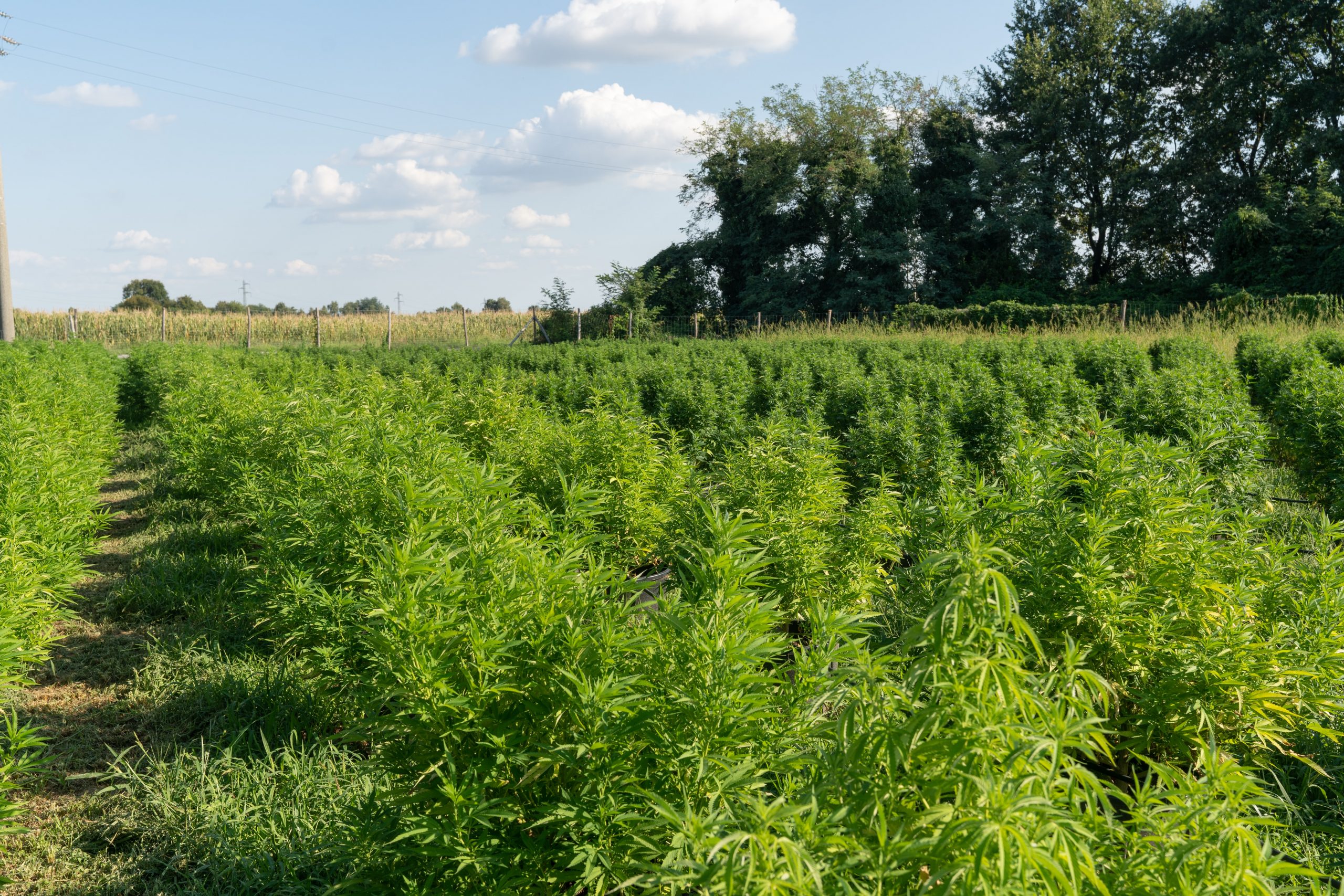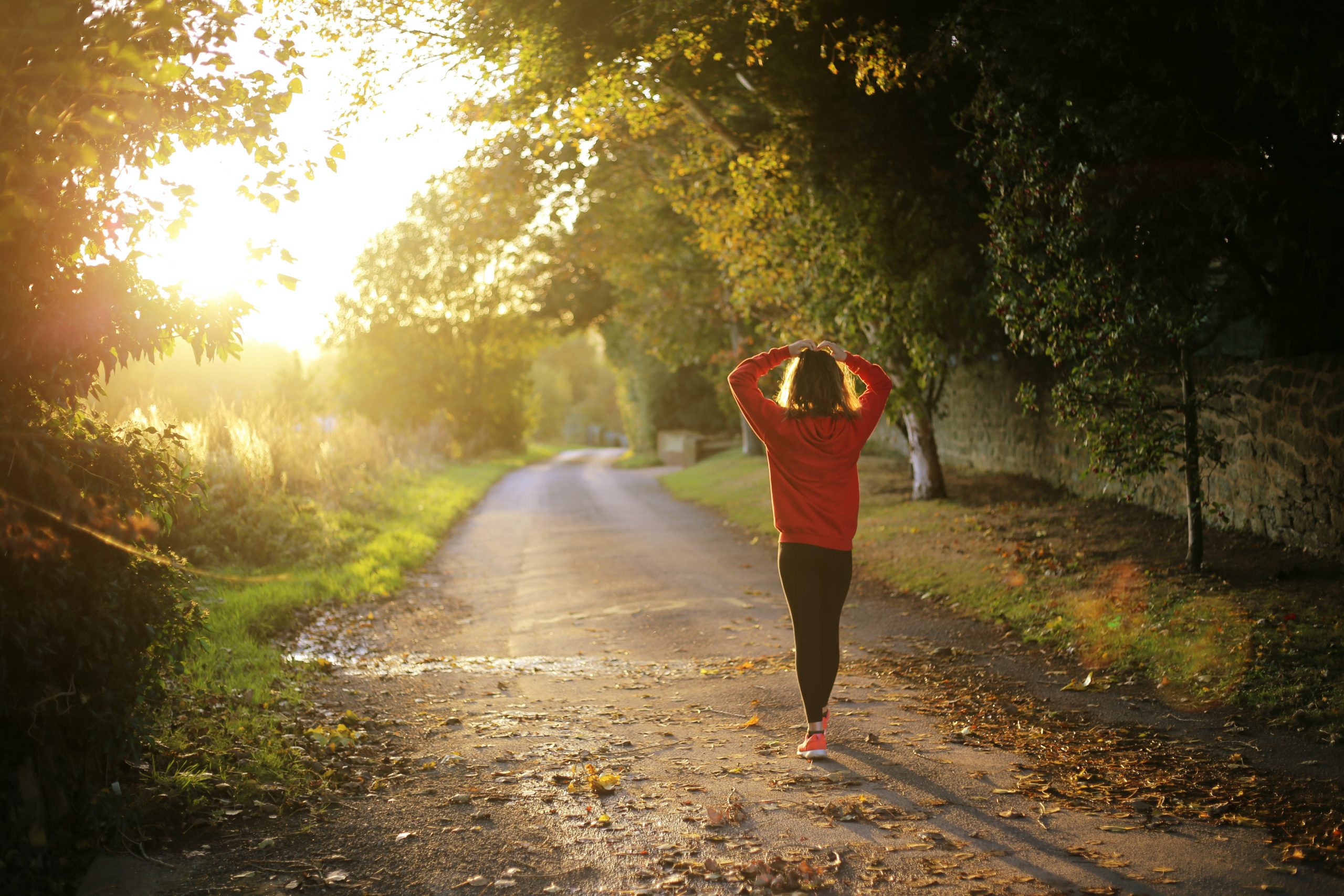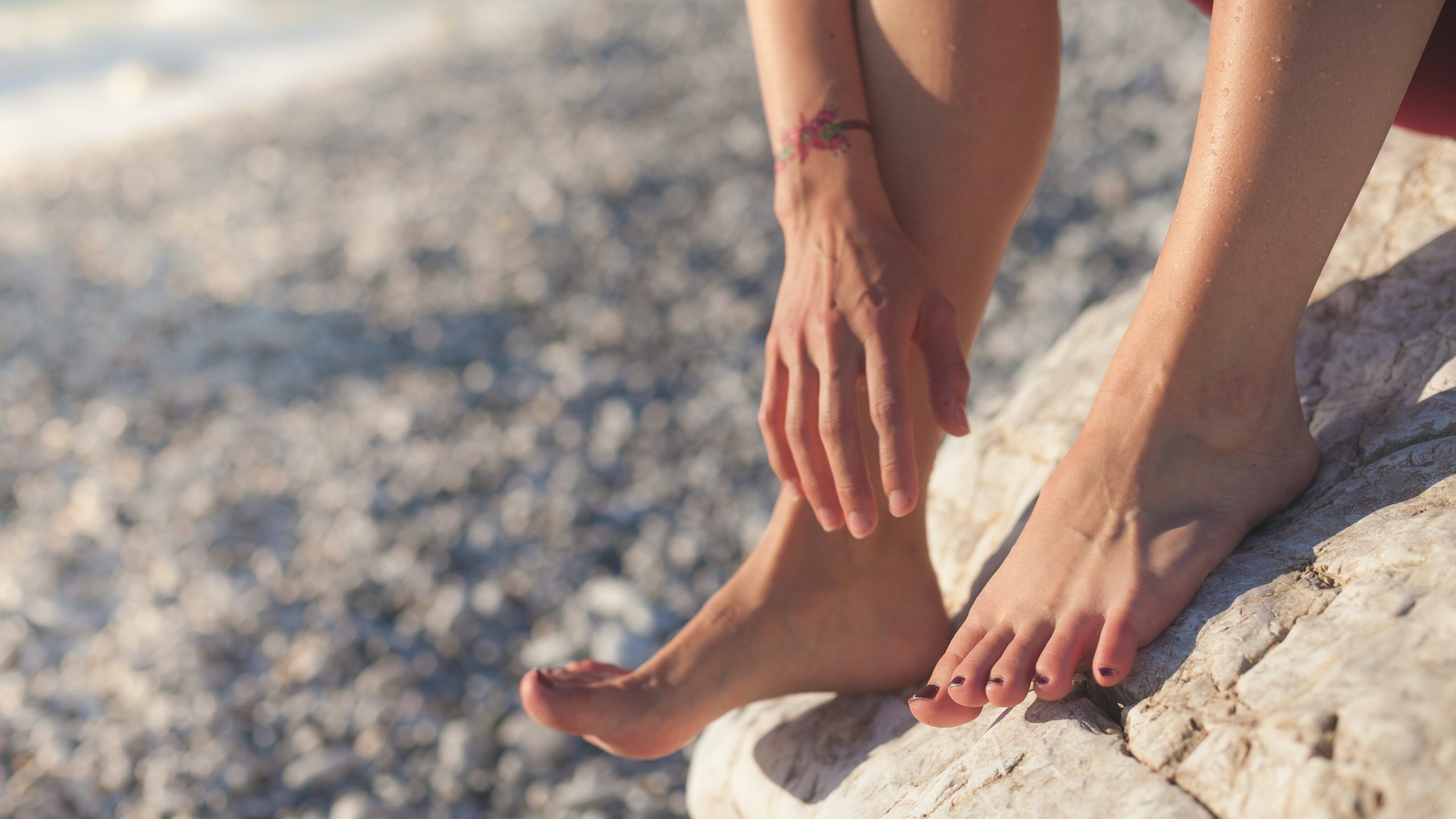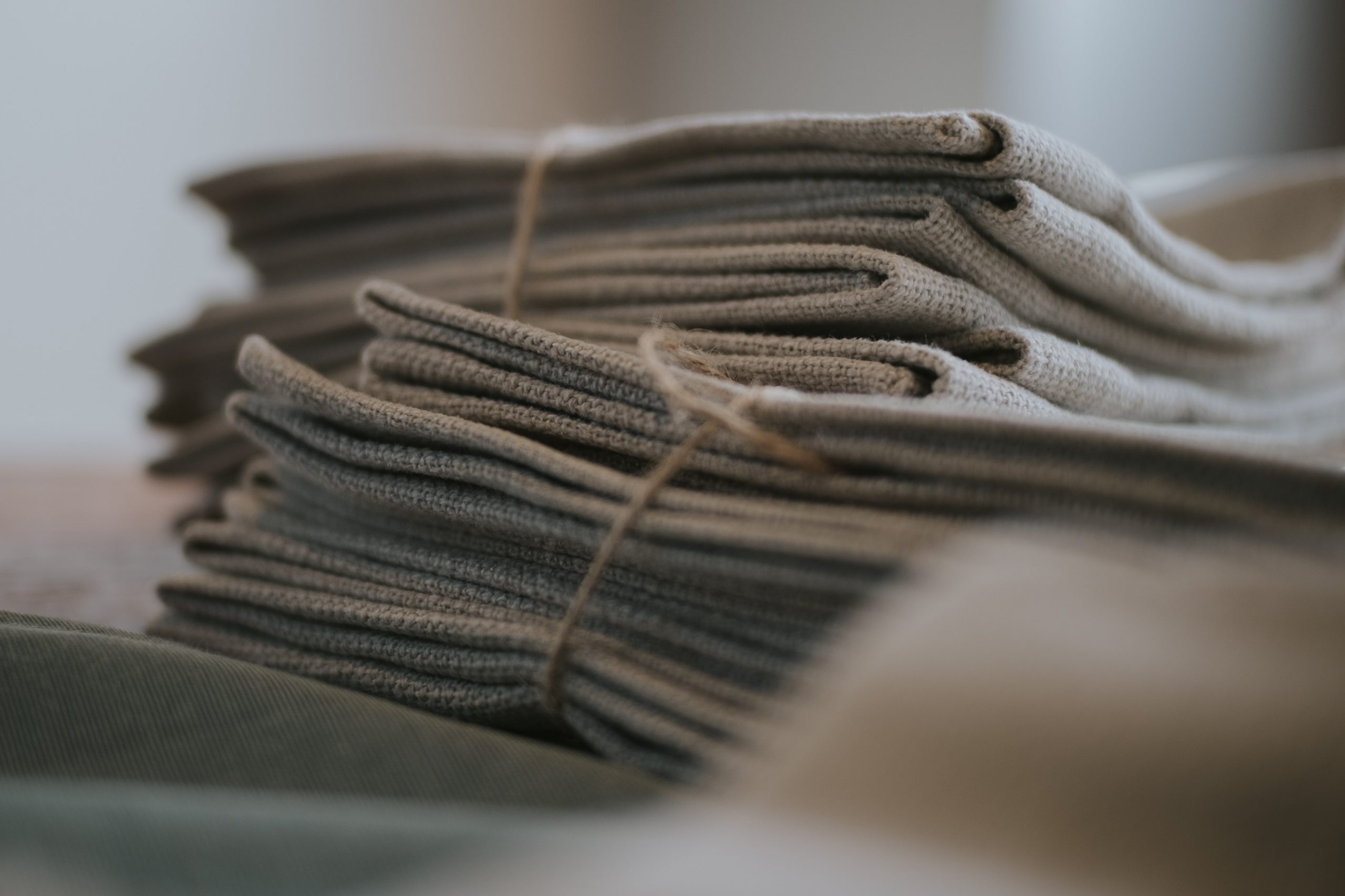5 Facts about Fall
With the beautiful colors, cozy feelings, and awesome flavors, Fall is a crowd favorite. Whether you're planning your next trip to the pumpkin patch, organizing your Halloween costume, or gearing up for Thanksgiving, there is something for everyone! To help you become even more of a Fall expert, let us fill you in on some facts about Fall that you might not have known before.
1. "Pumpkin spice" flavor doesn't actually contain pumpkin.
Companies that produce edible items (lattes, cookies, doughnuts, etc.) that are pumpkin spice flavored very rarely use pumpkin in their recipes. This flavor consists of a spice blend usually including nutmeg, cinnamon, dry ginger, and cloves. Often the products also contain a synthetic version containing chemicals. These chemicals make your brain think that the flavor is pumpkin. A sad twist on our fall favorites! Luckily there are a lot of 'copycat' recipes that actually include real pumpkin and real ingredients. You can recreate some of your favorites at home with less chemicals.
2. Fall means tourism!
There are many destinations that have spectacular fall leaves, attracting dozens of tourists each year. People travel from all over to see the colors and collect some great photos. It's no beach, but the beauty appeals to travelers, and towns that have beautiful fall colors rake in a lot of money due to tourism in this season.
3. The Fall leaves colors exist all year.
The reason we can't see the colors is because there is chorophyll blocking our vision from them, and when the time comes, the chorophyll actually fades, exposing the beautiful reds, oranges, and yellows we all know and love. The chorophyll fades because of changes in the length of daylight and changes in temperature, (the leaves stop their food-making process). So it's not that the leaves change their color, it's that the chorophyll disappears.
4. Fall isn't caused by the earth's distance from the sun.
The distance from the sun doesn't affect seasons at all. What affects the seasons is actually the earth's tilt relation to the sun. It gets warmer in each hemisphere when the earth tilts towards the sun and colder when it tilts away.
5. Fall is a specifically American term.
In the 1600s poets coined the phrase "fall of leaves." This was later shortened to just "fall." While Autumn was the popular word in Britain, the American colonies and the English did not keep in good communication with one another and so changes between the languages started to occur. By the 1800s the word "fall" had made its firm roots in the American English language.
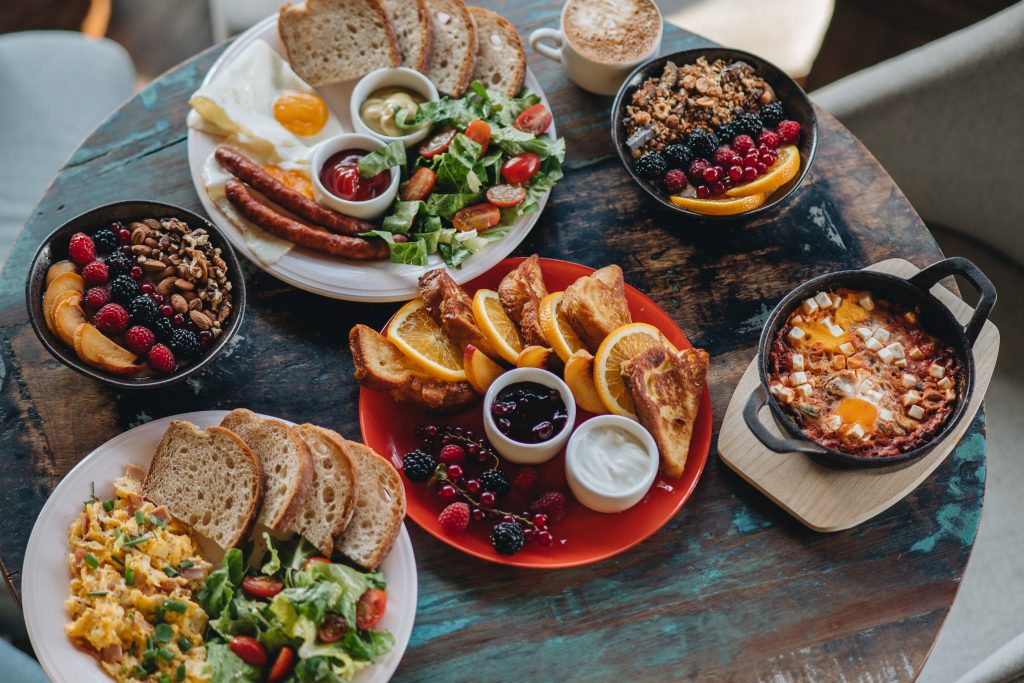
Now, (after fighting about whether or not candy corn is a delicious sugary sweet or a disgusting and overrated fall favorite) you have some talking points for your next Fall party. Or should we say your next Fall of Leaves party?
6 Ways Hemp can Impact the Planet
Hemp is one of the most versatile and oldest crops in the world. There are many ways it can impact the planet that you might not have even thought of yet. Here are 6 ways that hemp could be the differentiator we’ve been looking for.
#1) Hemp can produce renewable biofuel
A 2010 study at UCONN found that hemp converts to biodiesel at a 97 percent efficiency rate, and burns at a lower temperature than any other type of biofuel on the market.
“The plant’s ability to grow in infertile soils also reduces the need to grow it on primary croplands, which can then be reserved for growing food. For sustainable fuels, often it comes down to a question of food versus fuel,” says Richard Parnas, who led the study, noting that major current biodiesel plants include food crops such as soybeans, olives, peanuts, and rapeseed. “It’s equally important to make fuel from plants that are not food, but also won’t need the high-quality land.”
Because there is already a hemp industry, this non-toxic fuel source can be created with little additional investment, and is an option that can be domestically produced and totally renewable.
Plus, when burned in a diesel engine, hemp eradicates the exhaust odor of petroleum with the pleasant smell of hemp. Renewable and smells great? Count us in!
#2) Growing hemp prevents pesticide pollution
Hemp is naturally resistant to pests, and therefore does not require pesticides or herbicides like other crops. In turn, increasing our use of hemp will help to decrease the use of pesticides.
When used on land, pesticides seep into water sources contaminating the water and harming living creatures within that water, negatively impacting the ecosystem.
This also impacts those drinking the water, and pesticides have been linked to many health issues such as birth defects, reproductive dysfunction, diabetes, Parkinson’s, Alzheimer’s disease, and several types of cancer.
By choosing hemp, we can significantly reduce the exposure to unnecessary toxins and pollutants for ourselves and the world we live in.
#3) Hemp helps to restore soil fertility
Hemp grows in many different types of soils and terrains. Its deep roots help to hold the soil together which, in turn, prevents soil erosion.
Hemp also increases the microbial content of the soil, and the roots give nitrogen and other nutrients to it. After the harvest, this soil makes excellent compost amendments for other plants, and hemp cultivation can follow the rotation of agriculture with wheat or soybean. In fact, the same soil can be used to grow hemp for many years, without losing its high quality.
This ability to rotate crops helps to support sustainable agriculture.
#4) Growing hemp prevents soil compaction and erosion
Did you know soil compaction and erosion are some of the biggest problems facing farmers today?
This is especially true for farmers within the Midwest who often depend on two staple crops – soybeans and corn.
Corn contains a deep and fibrous root system that penetrates the ground deep below the surface. Over time, these roots can lead to soil compaction during the winter and spring. Soybeans also have a strong root system but do not penetrate below the topsoil. As a result, soil erosion can frequently occur. However, hemp is capable of repairing damaged soils. In fact, introducing hemp into crop rotations not only adds diversity but can also reverse the effects of soil compaction and erosion. Hemp contains deep roots that can reach up to nine feet below the surface. These hearty roots help to break up soil compaction while also increasing nutrient absorption
#5) The hemp plant absorbs toxic metals
Hemp is very efficient at pulling heavy metals from soil. It’s what helps it grow so abundantly and quickly. Trees take decades to harvest, whereas hemp only takes months.
Because of hemp’s ability to pull metals from the soil, it can be used very effectively to clean up areas that are contaminated.
Hemp is so effective at absorbing toxic materials it has even been considered for removing radiation from Fukushima.
#6) Hemp can produce biodegradable plastics
Americans purchase approximately 42.6 billion individual 1-liter bottles of water each year. A number even further illuminated with the knowledge that plastic water bottles can take anywhere between 400 and 1,000 years to decompose.
The basic building blocks of plastics are cellulose derived from petroleum. Yet petroleum is highly toxic. Hemp on the other hand happens to be the greatest cellulose producer on earth. It also happens to be biodegradable.
Hemp also produces a very strong material. Henry Ford used hemp-and-sisal cellulose plastic to build car doors and fenders in 1941. On video Henry Ford demonstrated that his hemp cars were more resistant to blows from a sledgehammer than steel-bodied cars were.
Why not choose this strong, non-toxic, and biodegradable hemp option for producing plastics?
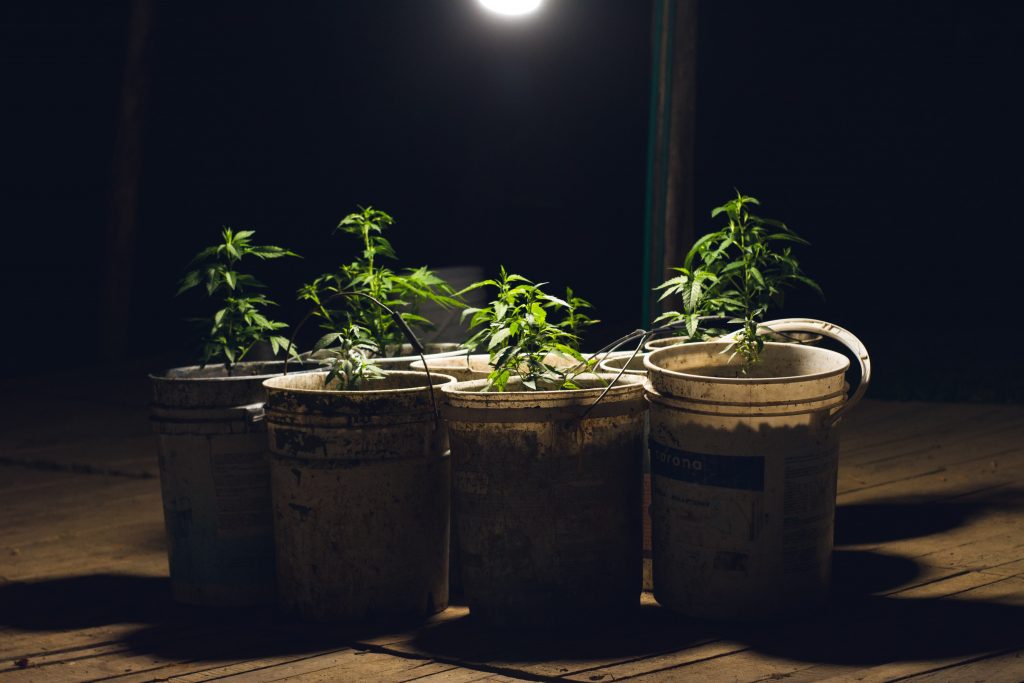
These are just 6 of many ways that hemp is good for the environment. Hemp is often misunderstood because of its history of being banned. Maybe you haven’t thought of hemp before, for example, in terms of soil quality, or pesticide use. With many countries legalizing even the psychoactive part of the cannabis plant, it’s important for us to take this opportunity and have a close look at how making some adjustments and utilizing hemp more can have a positive impact on the Earth we live in.
Even though we usually think of walking as a leisurely activity, or don’t equate it to having a serious impact on our quality of life- time and time again research tells us that the simple act of walking for exercise proves to have some incredible health benefits.
Walking for your body:
Maybe you wish you could take up running but your joints just don’t allow for it. That’s okay! Studies show that walking at a moderate pace, and running at an intense pace have very similar reductions in risk for high blood pressure, high cholesterol, heart disease, and diabetes. Your health improves in the same ways by spending your time walking instead.
The British Journal of Sports Medicine conducted a study that showed that people who stuck to a walking program showed great improvement in blood pressure, slowing of resting heart rate, reduction of body fat, reduced cholesterol, improved depression scores, and increased measures of endurance.
Walking for your mind:
Walking not only impacts physical health, but also improves our mental health as well. One study found that in as little as 12 minutes, walking impacted our self confidence, vigor and attentiveness. Compared to 12 minutes of sitting, mental health improves greatly with this simple act. If you want to even further the benefits, experts say walking in nature will decrease levels of depression and help you to not ruminate over negative thoughts.
If you’re dealing with anxiety, studies show that as little as 10 minutes of walking can be just as good as a 45 minute work out at reducing your anxiety levels, and improving your mood. A small price to pay for a big return.
If you are a business owner, a student, or a creative person in general, you might like to learn that one Standford University study found that walking increased creative output by an average of 60 percent. They labeled this “divergent thinking,” which is the thought process used to generate creative ideas by exploring many possibilities. According to this study, “walking opens up the free flow of ideas, and it is a simple and robust solution to the goals of increasing creativity.” Again, a small price to pay for a big return!
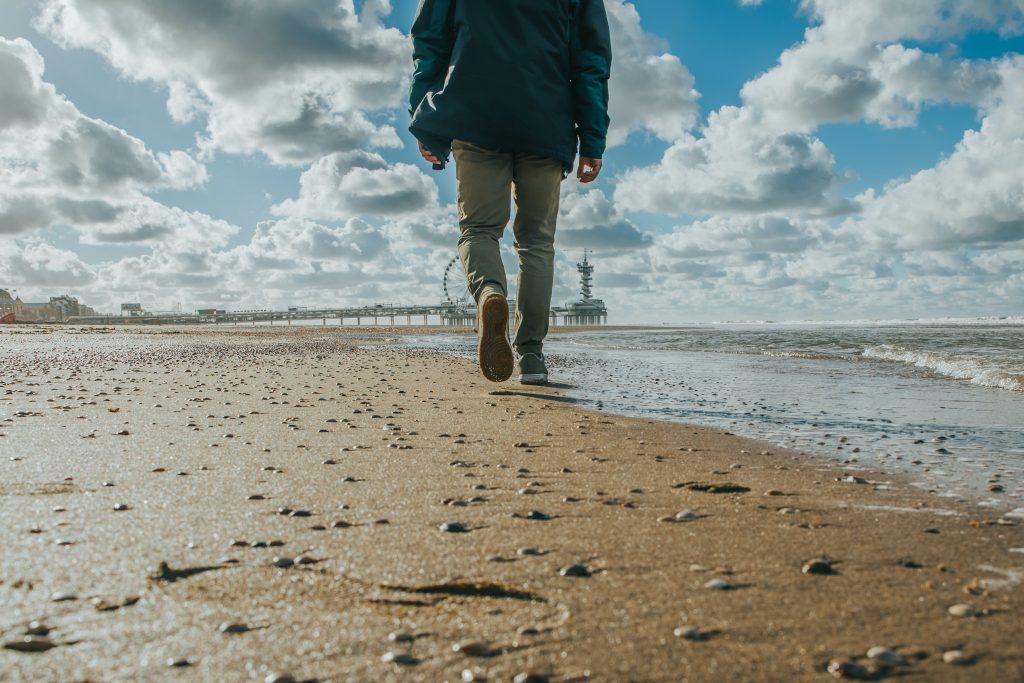
Overall, you shouldn’t sleep on this simple form of exercise. Whether you want to improve your heart health, your mood, or have some work/life epiphanies, this is for you! As a small time commitment that has huge benefits, walking is perfect for anyone and can be done virtually anywhere.
Making the Switch to Barefoot Shoes
You’ve been thinking about it for a while, and now you’re ready to take the plunge! Congratulations on making a choice that will have a positive impact on your life and health. Now that you’re ready, you might be wondering, how can I switch shoe types gracefully? This is a great question, and although you might be excited about your new shoes, we suggest that you don’t quit your old shoes cold turkey. Logging many miles on your barefoot shoes right off the bat will leave you feeling sore and uncertain of your new upgrade. Easing into it is the best approach. Let us explain why.
Your lower legs, ankles, and feet have become lazy
Yes, you read that right. After years (probably your whole life) of shoes that offer great amounts of cushion and shock absorption, your muscles have not had to move in the ways they were designed to in a long time. This has made them less flexible and slightly weaker. Because of this, if you start wearing your new barefoot shoes everywhere, you’re not giving your feet time to build this muscle. To avoid pain or injury in the beginning, starting slow is best.
Your gait has become accustomed to the shoes that you are currently using
Your gait includes your posture, your stride, and overall how you move about in the world. Switching shoes means that this will change. Just like how you are going to give your feet, ankles and lower legs time to adjust and build up muscle, you might also be using different muscles more when your gait changes that need time to build themselves up as well. Again, making the switch slowly will give your body time to strengthen where it needs to, preventing pain and possible injury.
So now you understand why you should start slowly. But how should you execute this masterful switch? That is a great question, and we can help you with an actionable plan.
How do I make the switch?
We suggest that you start by wearing your shoes around the house. This will give your feet something familiar to land on that they might even be used to walking barefoot on already. Next, start going for short walks outside, slowly increasing to longer walks. When you feel comfortable with this, you can start going for jogs, and so on. This process will be true for any style of shoe you’re starting with, whether it’s a sandal, a casual wear shoe, or a running shoe. Start out small, and work your way up to wherever you want to land.
4 Reasons to Try Barefoot Shoes
Have you been thinking of giving minimal shoes a try? This movement (pun intended) of going back to our feet in natural form and letting them do their thing, has been catching on over the past 10 years. Shoes that offer a lot of padding, shock absorption, and shape are actually attempting to correct something that isn’t wrong! Your feet were made to carry you, and trying to change the way they are designed can cause permanent damage to not only your feet, but also your back, legs, and joints.
If you’re not yet convinced, here are some reasons why you should try minimal shoes that you may not have thought of yet.
1. You land more gently
When we wear shoes that have a lot of padding, we might be placing a lot of impact on one part of our foot, but our feet don’t signal to our brain as quickly that we need to land more softly. When we wear minimal shoes and our feet can feel the impact, we can understand where we might be having a greater impact than necessary as we run or walk. This allows us to efficiently adjust our stride to fix where we are hitting hard! So instead of striking our heel for an hour during our run, we can feel within minutes that we are striking our heel, and can fix this immediately.
2. It can strengthen your lower legs and feet
Wearing minimal shoes has been shown to increase plantar flexor strength. These are the muscles in your lower leg, ankle, and foot that help to control foot movement. Many endurance athletes focus on building strength here, so making the switch to minimal shoes can help this without the extra training.
3. Your balance can improve
As you hike, train, or generally move through life, your feet pass information to your brain about what you’re walking on! With a great amount of cushion below your feet, you can’t feel what’s underneath them. With a minimal shoe, you can feel this, allowing your feet to send those signals to the brain and, in turn, you can move more skillfully, while also improving your natural balance.
4. More comfort
With the wide toe, your feet have room to spread out and your toes aren’t pinched all day. You’ll get home after a long day and you won’t feel the need to kick off your shoes immediately when you walk through the door. What’s a better win than that?


